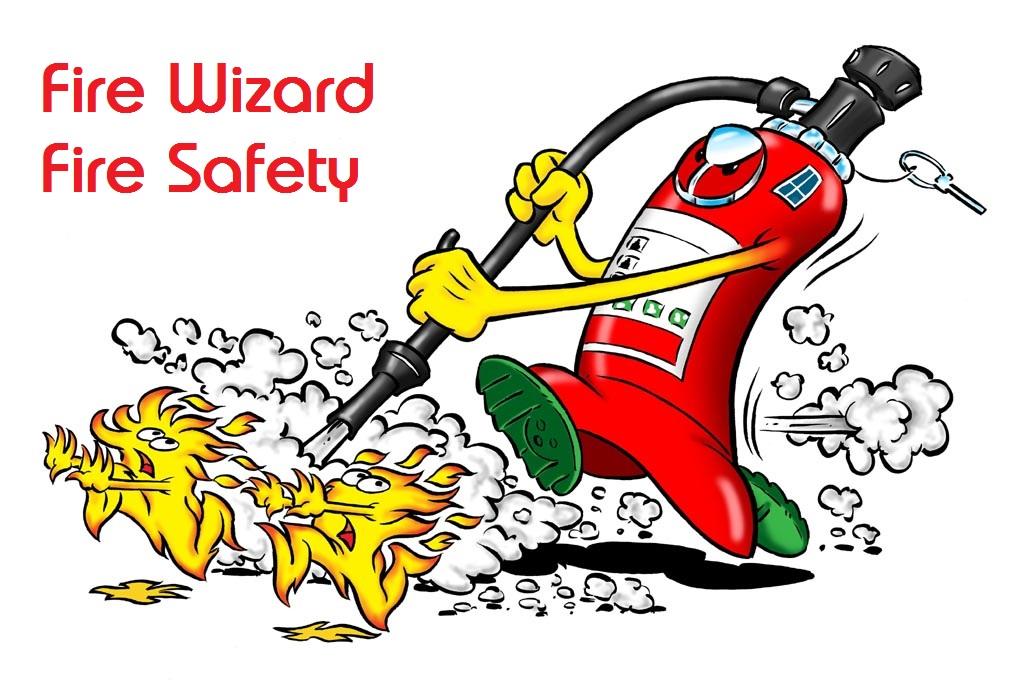-
Posts
2,707 -
Joined
-
Last visited
Everything posted by AnthonyB
-
Who was the manufacturer? Worth knowing in case there's other poor stuff out there.
-
A usual rule of thumb is if the route is used by 60 or more it needs to be panic proof (push bars) otherwise any normal emergency exit device (which includes lever handles as well as push pads) will suffice
-
What were the faults? Some are easier to check they are resolved than others. A decent fire alarm engineer would issue a detailed report on the worksheet even for reactive repairs, this is why specialists should be used for life safety system works
-

Strange Red Fire Call Points - How to Test?
AnthonyB replied to wroughtironron's topic in Fire Alarm Systems
That's a KAC Word Series call point, at one point most call points in the UK were this brand and is very readily tested - see this guide: https://www.kac.co.uk/wp-content/uploads/2019/01/kac-callpoint-test.pdf If you don't have any keys look here: https://www.safelincs.co.uk/kac-manual-call-point-test-key/?q=test+key -
The nature of the alarm system will compensate as long as escape routes and areas of high risk are protected by compartmentation there is no need for 60 minute party walls between tenants in offices buildings, you normally see (or look for) the 60 minutes where you see it split into industrial units.
-

Strange Red Fire Call Points - How to Test?
AnthonyB replied to wroughtironron's topic in Fire Alarm Systems
Please attach a photo & I can help you out -
Sounds like your contractor has bodged the lot and doesn't have a copy of the relevant standards. Firstly your EL should be fitted to the normal lighting circuit not it's own and door entry shouldn't be off lighting (often it's own supply with a back up battery). Also in addition to BS5266 for the lighting your contractor should have a copy of BS7273-4 for the access control if it's fitted on doors used for escape.....thats a whole other set of requirements missed..........
-

Wiring up/Testing of Emergency Lighting
AnthonyB replied to DJSheridan's topic in Emergency Lighting
It's all wrong. EL fittings are meant to be on the same circuits as the normal lights, otherwise they won't come on unless you get a complete power outage (local circuit failure is common). If your contractor knew what BS5266 (the standard any professional who installs and maintains EL should have and know) said they'd have done it correctly which questions their competence -
Yes to a detector as the required Category of fire alarm (L2) in this type of premises includes rooms opening onto escape routes and rooms of high fire risk so it falls in under both those. A sounder would be needed if the audibility levels in the room from the nearest existing sounder are not adequate.
-
Usually the landlord before occupancy if vacant, then the tenant whilst they hold the lease unless you have agreed in the lease to do it for them
-
If there are no common areas then the obligation for legal compliance rests solely with the tenants. Each has to carry out a Fire Risk Assessment (which needs to be recorded if they have a business requiring any sort of license or if part of a company with 5 or more employees even if not all based at that site, or if an Alterations Notice is in force for the premises from the Fire Service) and provide/maintain adequate general fire precautions. Their assessment would have to account for the effects of fire on Relevant Persons including those in the flat above - if there is adequate fire compartmentation between the shop & flat then their obligations are met, otherwise there may be a need for a fire detection system in the shop linked to alarm sounders or work to upgrade the compartmentation. Again, if there are suitable party walls between each unit then they don't need a linked alarm and just need to consider matters in their individual units. Any fire alarm system in the units (if needed, small units don't always need one) would need to be to BS5839-1 and at least Category M (manual call points) as Graded fire alarms to BS5839-6 are only for domestic premises
-
Whilst the guidance is not intended to be prescriptive a four storey converted house should have a Grade A system. I'd want to know the justification for deviating from this and 'pleasing the customer' isn't good enough. https://www.rla.org.uk/docs/LACORSFSguideApril62009.PDF
-
It's usually based on the distance the sign needs to be viewed from, 50mm letter height can give you around 10m viewing distance, smaller letters lesser distances.
-
Yes, but it sounds like they aren't actually servicing properly if doing no more than you. Firstly they should be servicing it twice a year as minimum, but regardless of that they should be testing every break glass call point, every smoke detector & heat detector using a special test pole with test smoke and a heat source as appropriate and should be checking the batteries with a test meter and replacing every 4 years or so. There are other bits & pieces they should do, but these are the fundamentals that you should look for them doing.
-
Without digging out old guidance I do recall being in a similar scenario with premises and from memory the approach from those was similar to existing wicket gates, fixed ladder and window accessed escapes, namely only suitable for areas with no greater than 5 able bodied employees. Consider both escape time - you will only get slow single filing - and bunching as people pile up whilst queuing and as a result the risks of not having the required safe evacuation time and from trips and crushing (The Station Nightclub footage graphically illustrates the effects of too many people trying to use too narrow an exit too quickly)
-
The red light does not mean it's faulty, a lot of people have been conned into replacing perfectly serviceable fittings because it's red. For decades the status indicator on self contained emergency lights indicating there was a satisfactory mains power supply into the battery charger was red and it's only in recent times it has been changed on new fittings to the more logical green. As long as the light fitting works when function tested and the batteries last 3 hours when duration tested then it's completely fine. A lot of older red LED fittings remain in service Self testing units that do their own function & duration testing automatically do exist but they have several LED status lights, not just the one.
-
You are very unlikely to need a fire alarm if purpose built flats, but may do if a converted house. The doors may well need changing depending on the size & layout of the premises against the guides Tom has linked to you.
-
If it's a final exit to the outside it often doesn't even need to be a fire resisting door wither.
-
You are required to carry out a fire risk assessment, which because you are going to be licensed, has to be recorded regardless of any employee numbers. This will determine your requirements on all fire safety matters. Also your work is subject to the Building Regulations and requires Building Control sign off and Local Authority Building Control or your privately contracted Approved Inspector will advise on requirements. You will usually, as a minimum, need to protect your stair with self closing fire doors. You will not normally need a second fire escape if you protect the existing one unless there are excessive travel distances. You will need a fire detection and warning system of a suitable category using commercial fire alarm equipment not domestic battery or mains smoke alarms and emergency lighting If you are boarding the ceiling to 30 minutes FR with Fireline plasterboard this would usually suffice in a building of this size.
-
Simple answer - yes!
-
https://www.nationalfirechiefs.org.uk/write/MediaUploads/NFCC Guidance publications/NFCC_Specialised_Housing_Guidance_-_Copy.pdf This is the guide referred to by Tom
-
If it's specialised housing there should have been person centred FRAs & PEEPs and the building's fire precautions and procedures adapted to deal with situations where residents will not leave. Normally the alarm is left running until everyone is out, if it's been 10 minutes or so you have to give up, record the drill & issues and importantly escalate the problems. You can do fire drills single handed in smaller premises. It sounds like you haven't been given adequate training for all aspects of your role - this needs written escalation to your employer
-
They must be as a minimum CE marked and noted as compliant with BS EN 1154 with a 6 digit classification number for the product, the important one being the 4th digit which needs to be a 1 to indicate it's fire tested. eBay is full of counterfeit, illegal, defective and non conforming Far East imports that are usually are priced too good to be true (fire blankets being another example) and claim all sorts of compliance, but I wouldn't trust most of them.
-
No, a common areas only fire alarm system is useless as you will loose too much sound pressure (30db through the front fire door and wall, plus loss over distance) from the common areas so sleeping residents will not be roused (nor someone in the living room with the telly turned up). The flat hall sounders are there to give 85dB outside the bedroom doorway, the absolute minimum likely to rouse. As far as maintenance goes, in respect of individual devices they only need to have been checked once in a 12 month period over a minimum of 2 service visits not exceeding 6 months

